There are different types of engineered wood available in the market like plywood, MDF, hardboard, particle board, blockboard, etc. Particle board and MDF are both engineered wood products popularly used for home décor and furniture making. Most manufacturers suggest both for all purposes and hence homeowners are confused as to which material should be used where.
When we compare particle board vs MDF there arises confusion as both these materials have similar look, but varying cost. Homeowners are also confused as how do these materials differ from each other. Hence, here we have tried to give you a brief comparison of particle board vs MDF to help you make the correct choice.
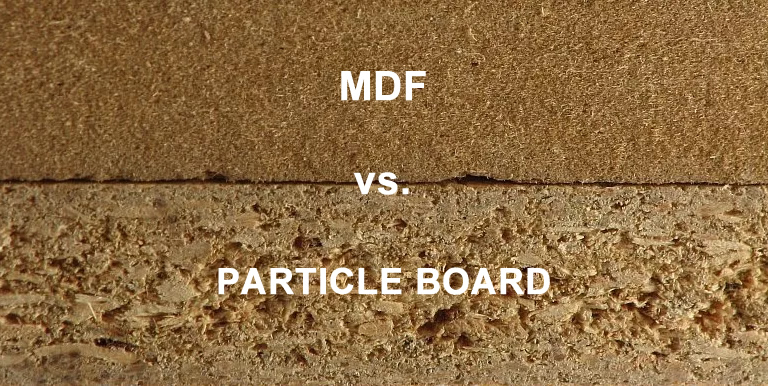
01. Material
- Particle board is an engineered wood product made from waste products like wood chips, sawdust, and wood shavings.
- Medium Density Fiberboard is an engineered wood composite made by mixing the wood fibers with wax and resin binders.
02. Manufacturing Process
- The waste wood products are mixed using a resin and then pressed under high temperature into sheets.
- The wood fibers are converted into fine grains by deliberation process and then mixed with resin for pressing under high temperature into sheets
03. Uses
- It is used in light weight furniture such as shoe racks, accent pieces, portable furniture, etc. where heavy loads are not applied.
- For people who shift home frequently due to job circumstances, particle board furniture is more preferred as they can be easily transported.
- It is used in modular office furniture, children furniture, computer tables, and wardrobes in areas where they are not in contact with moisture. By laminating them, their durability can be increased.
- It can be used as shutters for various storage units, as laminated particle boards.
- It is also used as underlayment, flooring, wall panelling, and partitioning.
- It is mostly used for making furniture, cabinets, and shelves in storage units, as it can handle more load than particle board.
- MDF is generally not used in applications where hinges and screws are involved, as they are prone to chipping and does not hold screws well.
- There are many creative ways in which MDF is used for interior décor in restaurants and homes. They are extensively used in decorative wall cladding and embossed jalis.
- Transparent partitions are also made by carving MDF board sheets to give contemporary or traditional look. They are generally used for separating living room and dining room.
- They are also used as substrate in laminate wood flooring.
Also Read: 7 Uses of Particle Board in Building Industry
04. Properties
(a) Appearance
- As the wood fibers used may not be of uniform size, the edges appear rough.
- It has smooth surface as it is made from wood grains of uniform size.
(b) Resistance to Water
- It is susceptible to damage in presence of water. Particle board is made from wood fibers which are non uniform in size, thus it has more void spaces and soaks up water like sponge. The percentage of water absorption after soaking particle board for 24 hours is 50%.
- It is less susceptible to water damage as compared to particle board. MDF is made from uniform wood grains and thus there are no voids in it. Thus it has more resistance to water. The percentage of water absorption after soaking MDF for 24 hours is 45%.
(c) Resistance to Warping and Cracking
- It has low resistance to warping and cracking as compared to MDF.
- It has more resistance to warping and cracking as compared to particle board.
(d) Weight
- It is comparatively lighter than MDF. It has density of 500-900 kg/m3.
- It is very dense hence making it very heavy. It has density of 600-900 kg/m3.
(e) Load Carrying Capacity
- Particle board cannot support heavy loads.
- MDF has good load carrying capacity as compared to particle board.
(f) Fitting
- It can hold screws very well.
- Does not hold a screw well as it is made up of very fine fibers.
(g) Surface Finishing
- Particle board can be laminated and veneered easily. Due to porous fibers, it soaks paint so it cannot be easily painted.
- MDF can be easily painted, laminated, veneered or lacquered.
(h) Toxicity
- Formaldehyde resins are used to make particle board, which releases formaldehyde gas after installation. Thus particle board is toxic.
- Formaldehyde resins are also used to bind MDF making it toxic.
(i) Strength and Durability
- It is the weakest form of engineered wood. Particle board has less durability as compared to MDF.
- It is fairly strong and durable as compared to particle board.
05. Size
- The most commonly manufactured size of particle board in India is 8 feet x4 feet. (2449 x 1219 mm)
- Particle board is available in range of thickness from 9 mm to 25mm.
- Standard MDF are available in a range of sizes, the most common sheet sizes are
- 12 x 4 feet (3658 x 1212 mm)
- 8 x 4 feet (2449 x 1219 mm)
Available in a range of thickness from 8mm to 25mm
06. Life
- It has less life span as compared to MDF. In dry environment, it generally lasts for 5 years, but if surfaces are laminated they can last even for 10 to 15 years.
- It has 1\4th life span as that of furniture made from real wood. In dry environment, they last up to 10 years. For laminated MDF, it is difficult to repair after de-lamination starts, thus have to be replaced after 15-20 years.
07. Cost
- It is less expensive compared to MDF. In India the cost of particle board approximately ranges from INR 20/sq.ft. to INR 100/sq.ft. depending upon the thickness and type.
- It is costlier as compared to particle board. In India the cost of MDF approximately ranges from INR 35/sq.ft. to INR 150/sq.ft. depending upon the thickness and type.
Special Comments
Depending upon the application area and budget, MDF and particle board should be selected. For furniture which is connected by screws, particle board is recommended as it has a good screw holding capacity. For a kitchen, MDF is better as it is moisture resistant and for bedrooms where a load is less particle board furniture is recommended.
From the above comparison of particle board vs MDF, the user needs to make a judicious and rational choice depending upon your budget.
The popular manufacturers of particle boards and MDF in India are:


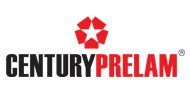
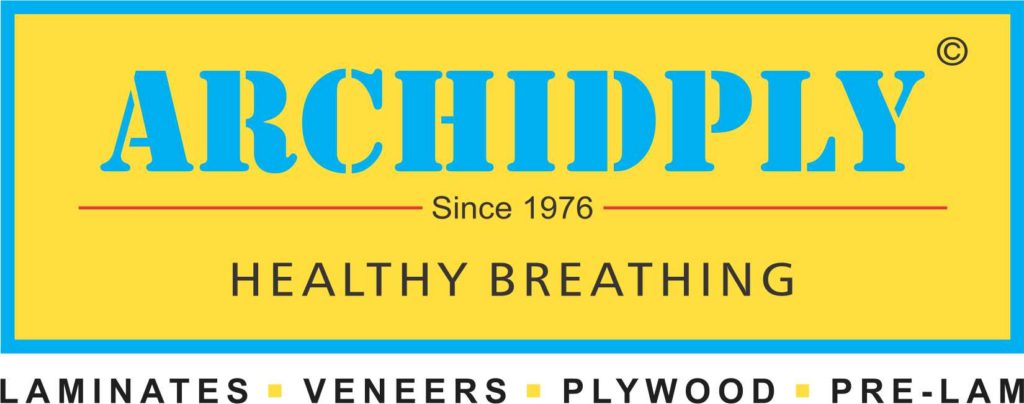
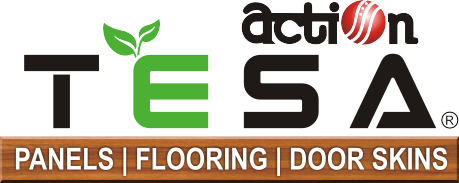
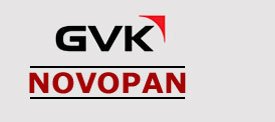
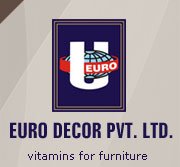
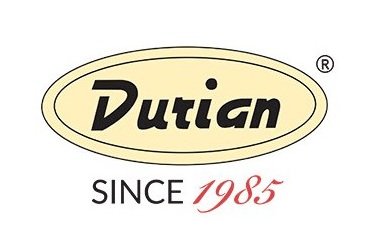

Also Read:
Image Courtesy: Image 1









